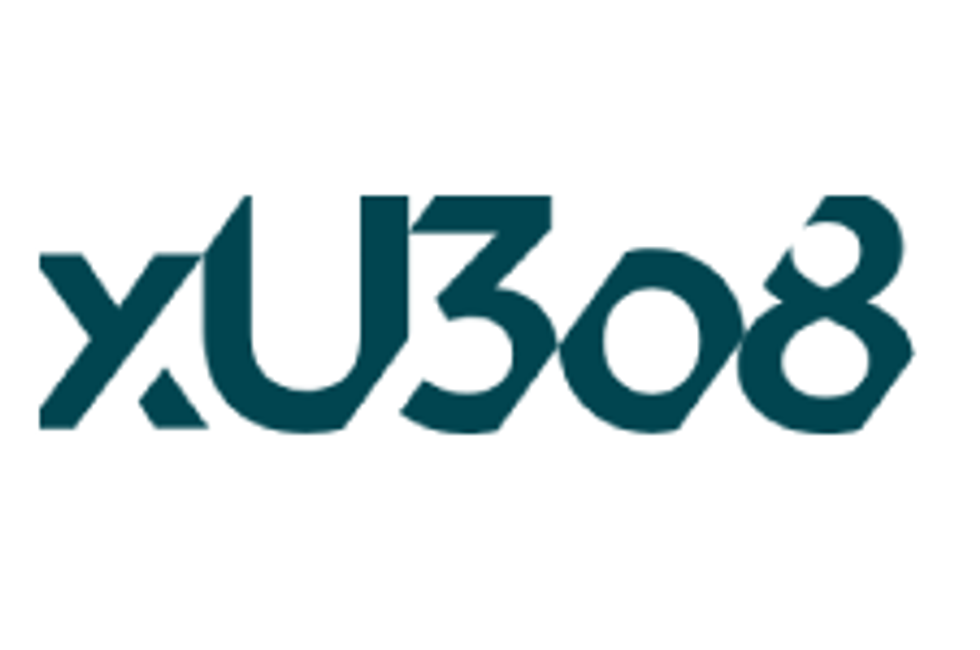
Sorry investors, it’s only good news until you scratch the surface. The uranium spot price has climbed 21 percent since May, but it doesn’t look like the upward trend is going to last.
This year, uranium has averaged $31.87. However, since May’s low of $28, prices have encouragingly gained 21 percent.
Looking for a reason for the recent price rise, Bloomberg points to new sanctions against Russia over its conflict with Ukraine. Investors are no doubt familiar with Russia as an enricher of nuclear fuel for western utilities, and with both the United States and the European Union upping their sanctions, concerns are mounting that the Ukraine-Russia crisis will escalate. Should the conflict continue, the worry is that enriched nuclear fuel supply could be squeezed.
On a different note, the two-week strike at Cameco’s (TSX:CCO,NYSE:CCJ) McArthur River and Rabbit Lake mines was expected to shake things up. However, a September 12 press release indicates that Cameco, the world’s largest diversified uranium producer, has reached a “tentative” agreement with its employees.
Uranium consultancy firm UxC commented to Bloomberg that “[t]he market may need some more time to digest the recent announcements about McArthur River and additional Russian sanctions to determine any additional impacts on price.”
Will prices stay higher?
Well, according to Bloomberg, the answer to that question is “no.” The news outlet estimates that for the final quarter of 2014, uranium will average $32.50 per pound.
The Australian is also pessimistic about the duration of the uranium price rally. Speaking to the publication, Rio Tinto (ASX:RIO,NYSE:RIO,LSE:RIO) boss Harry Kenyon-Slaney noted, “[l]et’s not get carried away by the little blip that’s happened in the past few weeks,” adding that the market has been weak for so long that the latest gains have done little to bolster companies.
Indeed, demand for nuclear fuel has yet to see any increase since Fukushima, and analysts are still of the opinion that despite rising prices and slack supply, demand needs to pick up in order to drive prices to “make new investments worthwhile, when many operations are running at a loss.”
Overall, any supply disruptions seen this year will definitely help reduce the surplus lingering in the market, and consequently help keep prices from sinking even lower; even so, it is unlikely that this is the bull market that the uranium market has been waiting for, ever so patiently.
On the other side of the coin, Anthony Milewski, a Mining Markets contributor and director of Fission Uranium (TSXV:FCU), highlighted that the majority of global uranium supply is built on shaky foundations, however, Milewski explained that demand for the yellow metal is strong, and growing. Added to that, with geopolitics playing a large role in supply, utilities are revisiting the marketplace, no longer convinced that Russia will be able to make its fuel deliveries with sanctions in place.
“There’s no ‘sure thing’ when it comes to market and price predictions but having been in the uranium sector on both the supply and demand side in various capacities for years, my view is that the combination of steadily growing demand and an unstable supply side will continue push an increase in uranium prices as utilities move to secure their long-term fuel supply from secure sources,” Milewski said.
Securities Disclosure: I, Vivien Diniz, hold no direct investment interest in any company mentioned in this article.






